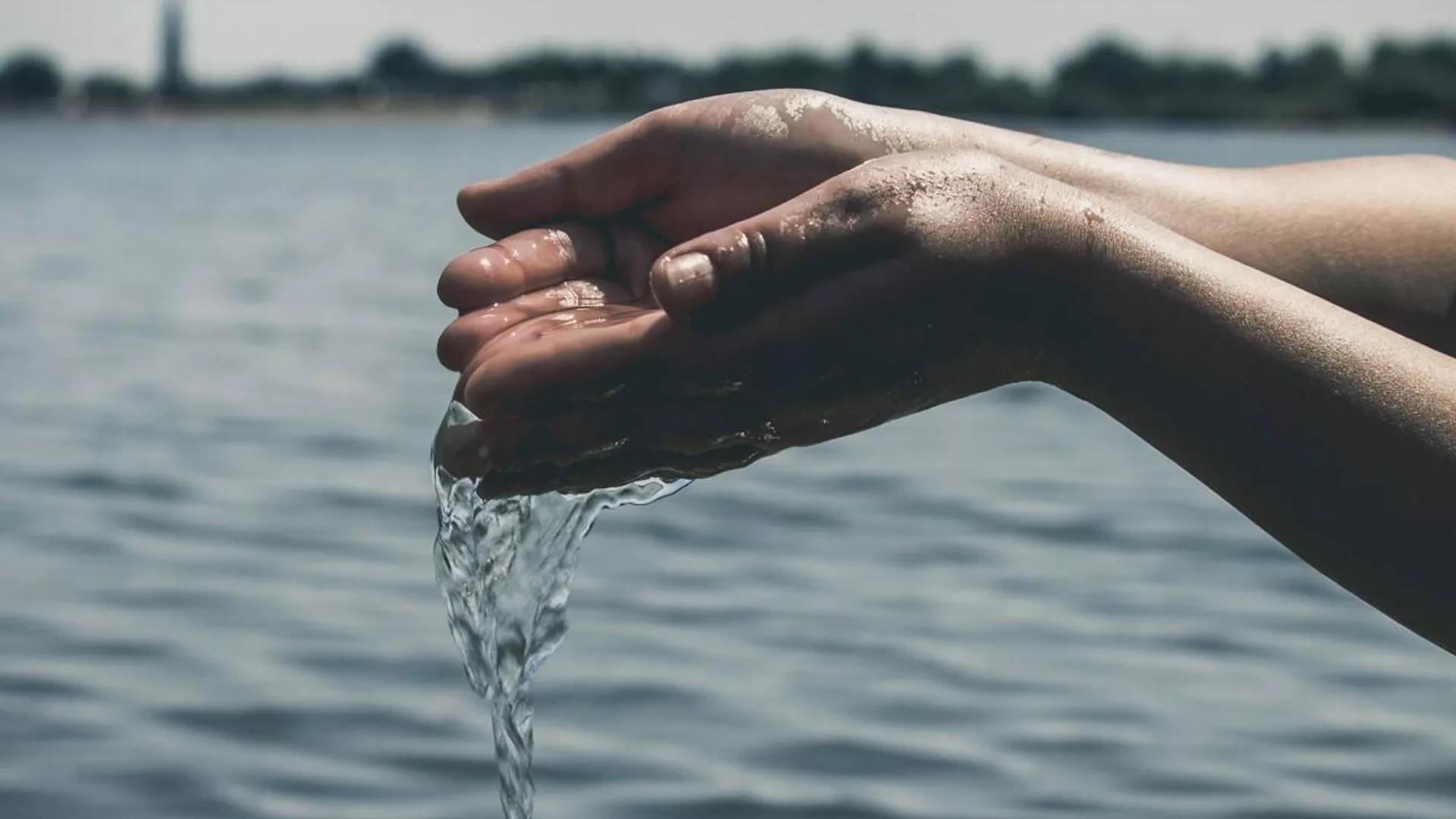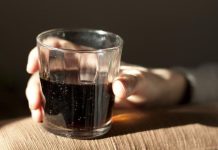Africa-Press – Liberia. Researchers from Volgograd State Technical University (VolgSTU) have claimed that the coatings developed by a scientific team at VolgSTU could increase protection against corrosion and icing, as well as ensure a self-cleaning effect on the materials surfaces.
Many structural materials and alloys are susceptible to corrosion in an environment of high humidity, or biofouling or icing under “freezing rain” conditions. Dust also settles on surfaces of equipment such as telecommunications antennas or power transformers. Regular cleaning leads to additional costs, but without it the devices’ efficiency decreases, the university scientists noted.
At the same time, existing coatings do not provide complete protection against corrosion or icing, or can be effective for a limited number of materials, the VolgSTU specified.
The VolgSTU researchers have developed water-repellent properties and the self-cleaning ability for materials surfaces because of the properties of copolymers (polymers consisting of two or more monomeric units).
There is such a thing as the contact angle or “wetting angle”. Its value is used by specialists to determine how the water droplet will behave when interacting with a solid material, the scientist continued.
The smaller the angle, the more the water drop spreads over the surface and wets a larger area. Consequently, these surfaces corrode faster. If the wetting angle is greater than 90 degrees, the water droplets spread out less and moisten a smaller area, consequently slowing down corrosion.
Maximum water-repellent (superhydrophobic) surfaces have a wetting angle of 150 degrees, and some polymer coatings developed by university scientists are characterized by contact angles up to 170 degrees, the researcher said.
The developed coatings also provide a low rolling angle, which means that water droplets quickly slide off the surface of the material with an inclination to the horizon line of only 2 to 3 degrees. This property allows such coated surfaces to be described as self-cleaning, the researcher added.
The scientists have created protective polymer coatings based on copolymers of glycidyl methacrylate and fluoroalkyl methacrylates. The results of their study were published in the Polymers journal. The research is part of a VolgSTU strategic project within the framework of the “Priority 2030” program.
The university development program includes four strategic projects, including the ‘Center for Digital Scientific and Educational Projects and Developments’ and ‘Technologies for Industrial Innovation Cluster’.
For More News And Analysis About Liberia Follow Africa-Press






